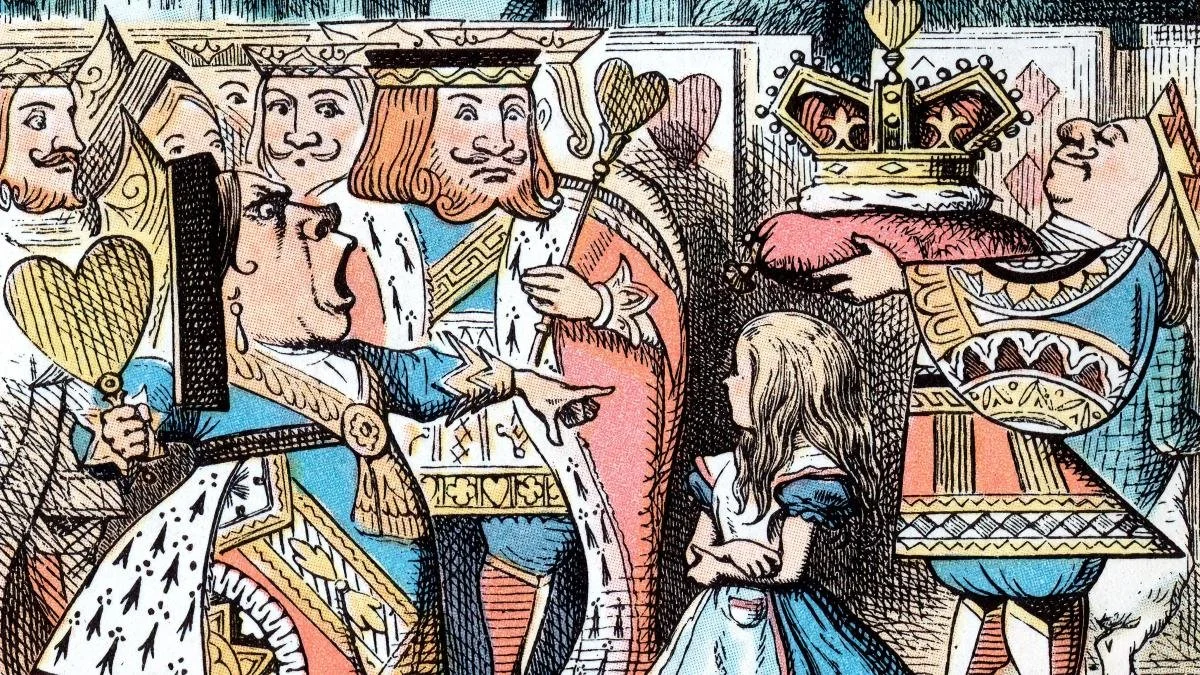FIREBIRD - A Bloomsbury Love Story by Susan Sellers
FIREBIRD By Christian Gerth
John Maynard Keynes was the most brilliant economist of his day. Of any day, many would argue. Famous for his terse talk, famously when quizzed about his brilliant plans by an earnest interviewer ‘ But what happens in the long run?’ He replied “ In the long run we are all dead.”
Admired as a leading intellectual, close friends of the élite London society, patron of the authors poets and painters of the Bloomsbury set, long time homosexual, he was the very last man any of them expected to get married. And certainly not to a young foreign ballerina.
Duncan Grant’s painting
Lydia Lopokova was from an impoverished theatrical family in Moscow. A dancer in the Imperial court she slept above the fireplace - grateful she had somewhere warm to be on those cold Russian nights. The contrast between deprivation and poverty of her upbringing and the cushy comfortable middle class ease of John Maynard Keynes’, circle is one of the striking features of this union. Leaders of the set, Virginia Woolf and her sister Vanessa were daughters of Sir Leslie Stephen a grand Victorian ever deep into his massive biographical catalogue resplendent in their Hyde Park Gate house, surrounded by servants. Unsurprisingly the sisters’ warnings about the newcomer as a wife for their dear friend were heartfelt. Vanessa wrote passionately to Maynard to persuade him out of any liaison with this foreign interloper who in her view, talked far too much, knew nothing about life and politics and was completely wrong for him.
Maynard and Lydia
‘Yet there is a picture of the two of them, newly married in 1925 actually dancing down the street together, Keynes smiling from ear to ear. It is an image of inspiration for his overlooked wife’
When they meet it is 1921. Keynes is in high demand about to take up a Royal Commission in India to report on the situation there. Vanessa and Virginia, a waspish snarky picture of her emerges, both hope the absence in India will mean the love affair dies off. But Lydia is a force of nature and Keynes who already loved the ballet saw her performance of The Sleeping Princess one night and fell for her. She was famous. In the street people would come up for autographs, Lydia was the lead dancer for Diaghilev , founder of the famous Ballets Russes and at the height of her fame when they met
Susan Sellers by Jenny Brown associated
Their affair treads a rocky path .Lydia is out of her depth in the frankly snobbish world of post war intellectuals who feel immensely superior to her. They mock her accent and scorn her dancer’s calling - but as Keynes reflects , none of them had yet met with much acclaim for their work, yet they are horrified at the idea of Lydia with her talkative, cheerful open personality. She is outrageous. Maynard discovers she has given all her money into the keeping - of the doorman at her hotel for safe-keeping and persuades her to let him invest it for her. Money is an intriguing trope in this delightfully surprising book. Keynes supports Vanessa Bell and her lover Duncan Grant in their house in Charleston Sussex. In London they all live in London in Gordon Square in a house where Duncan and Vanessa paint the walls with exquisite murals - Lydia cheerfully white-washes over them when she moves in with Maynard - scandalous - but Susan Sellers has fun with the Bloomsbury group’s contempt for Lydia’s taste. The paintings Keynes replaces those of Duncan Grant are exceptional - Cézanne’s then unknown, now famous ‘Apples’ . Lydia is a lovable absorbing, irresistible subject for a semi imagined biography. Everyone needs a little Lydia in their life . Maynard Keynes realised this after she leaves him in the middle of what was planned as a dream holiday - and announces they are finished.. Here are scenes Susan Sellers conjures in heartbreaking detail. Every one of the dramatic personae in this book is a diarist, so although it is semi fictional , this author has had her vast tracks of material available.
Keynes and Lydia dancing
The result is a brilliant book. It is the original Cambridge Love Story, improbable eccentric almost unbelievable but heart warming. Lydia is nothing if not outrageous - on her first tour of King’s College Chapel she gazes up to admire the grand stone vaulting . What are the fans hiding? she wonders’ Couples copulating.? At points Susan Sellers has her readers cheering Lydia on against the cold closed forces of British élitism. And if you admired John Maynard Keynes as a brilliant academic and visionary economist ( still quoted as the answer to Everything today) you will delight in his consummate intelligence and logic which lead him to find Love for Lydia the solution to all his problems.
Poster for Stravinsky’s Firebird : his ballet made her name - he and Lydia were lovers
The charming hardback illustrated with Duncan Grant paintings is a lovely acquisition in itself. It is perfect summer reading and throws the most unexpected light on Cambridge life as it breaks the conventions, defies the taboos and surprises with its remarkable outcome.
Published by EER FICTION Brighton












